Chalet of the Countess of Edla
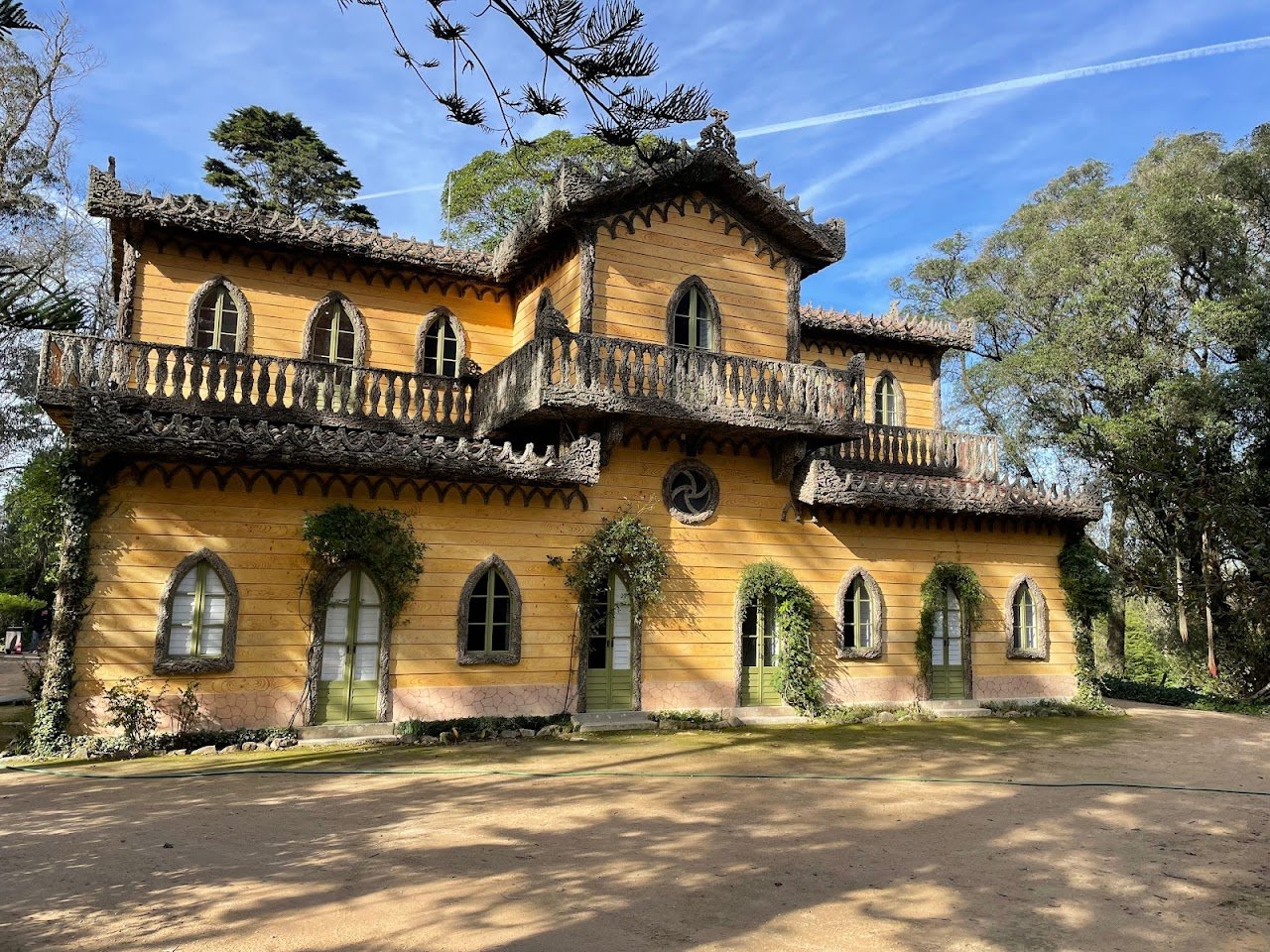
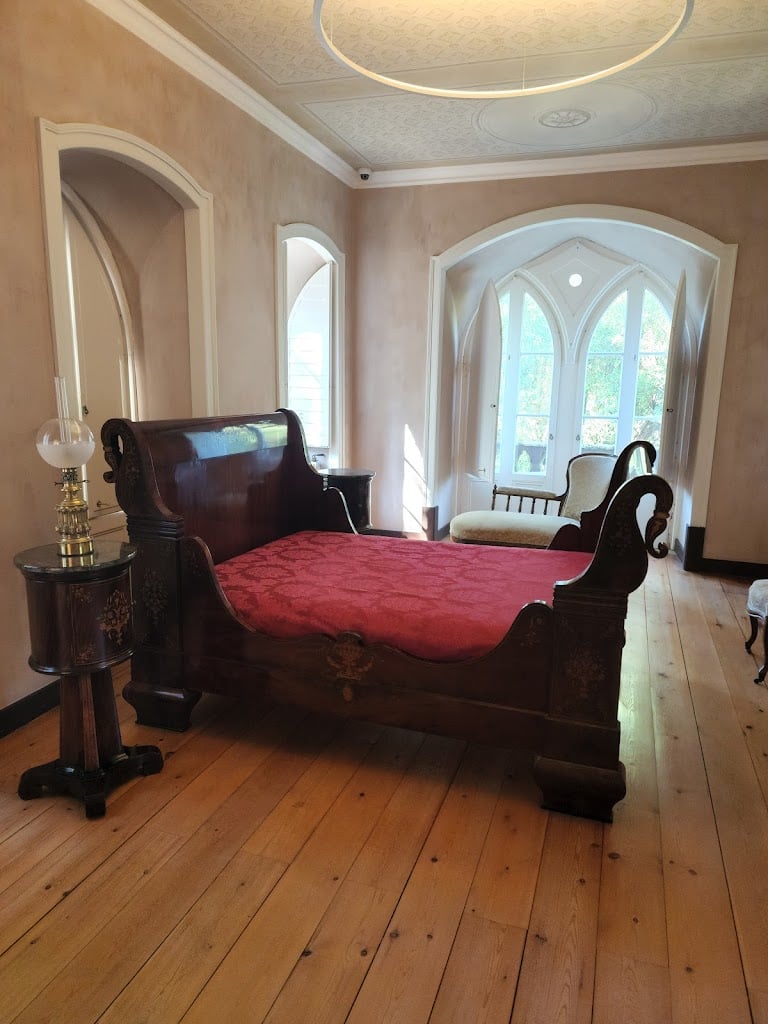
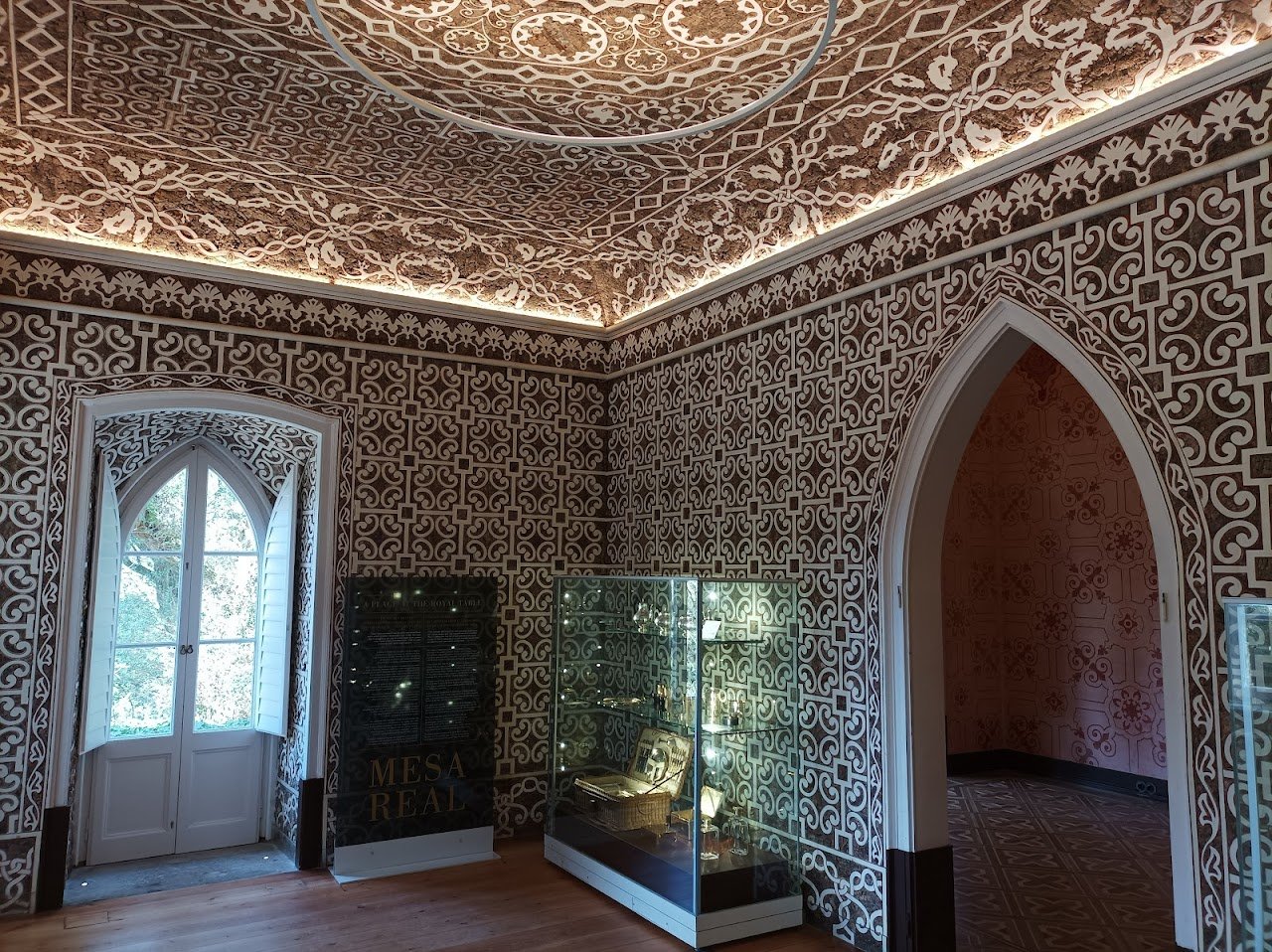
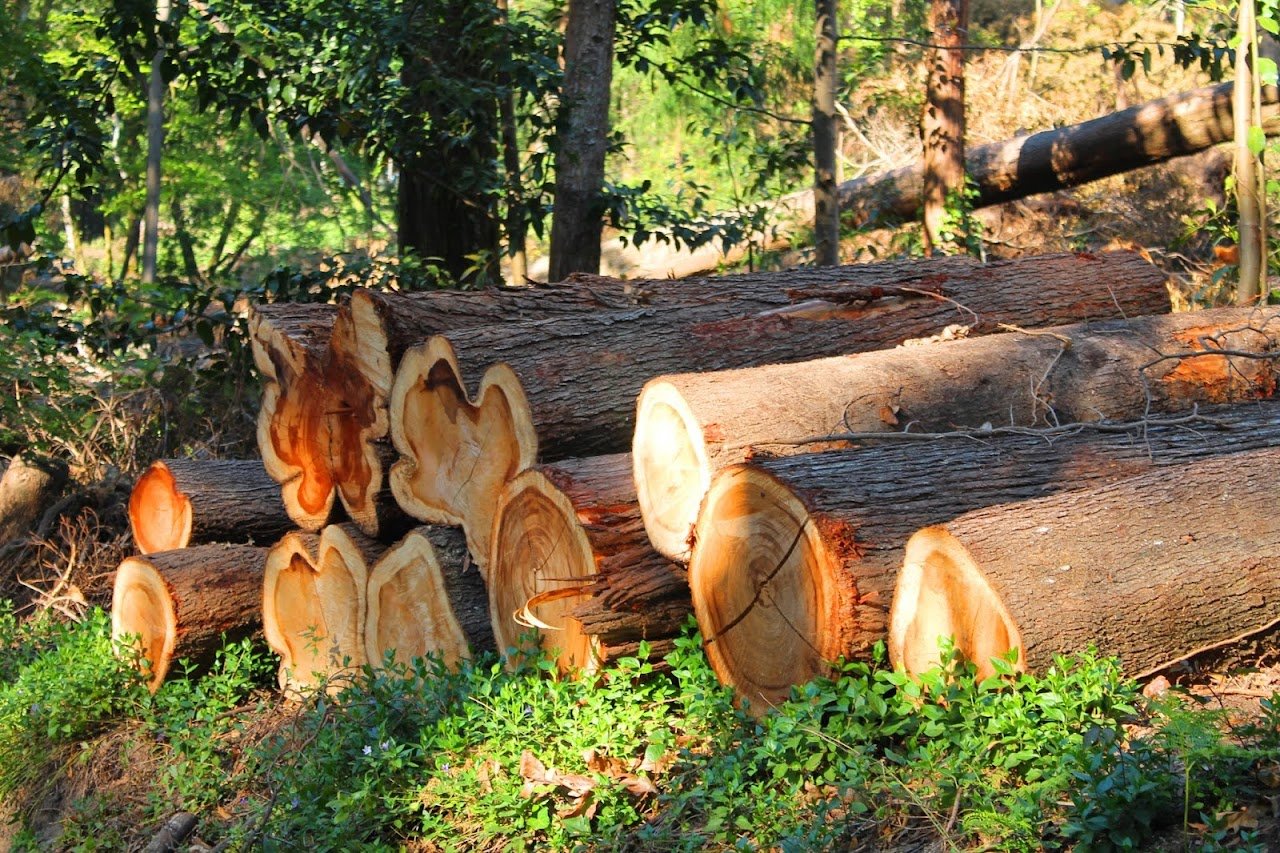
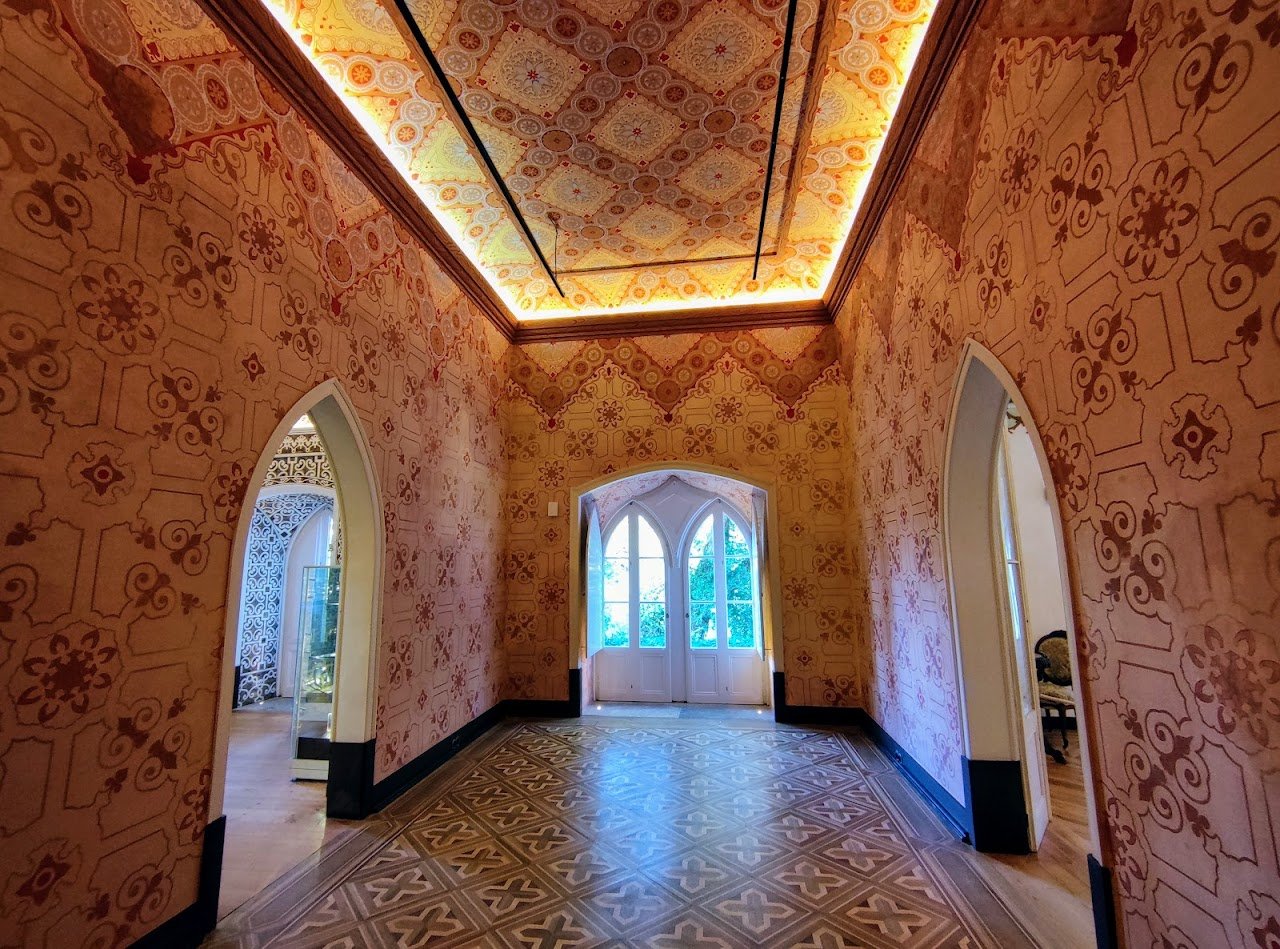
Ask ThatchGPT
Suggest a local expert to plan my trip
Suggest an unique itinerary for my Sintra trip
What foods do Sintra locals eat
What are some true hidden gems in Sintra
Help me brainstorm trip ideas for Sintra
Help me plan a family-friendly trip to Sintra
What people say
Pedro Pereira
Available for hire
"Sintra Chalet Parks and Gardens of Countess Dedla
Elise Hensler was born in Switzerland in 1836 and lived for many years in Boston, in the United States of America. She was a woman with great culture and a deep passion for the world of arts and letters, who became an opera singer. After studying in Paris and acting in Milan, Elise visited the Portuguese stages, passing through the Teatro Nacional de São João, in Porto and, later, at the Teatro Nacional de São Carlos, in Lisbon. It was on this last stage that King D. Fernando II met her and fell in love with her.
In 1869, with D. Luís I already on the throne, D. Fernando II and Elise married, united by their love of art and culture. The marriage took place after D. Fernando asked his cousin, Duke Ernest II of Saxe-Coburg and Gotha, for a title for his future wife: Countess d’Edla. Opinions about the wedding, both among the nobility and the press, were quite divided, and it was never really accepted by the public.
The couple used Sintra, more specifically the Pena Park and Palace, owned by D. Fernando II, as their refuge. Both passionate about botany, they intensified planting in the park, including species from various parts of the world in this romantic garden.
In one of the corners of the park, the couple began construction of a chalet that the countess herself designed and designed. Both the chalet and the garden around it are extremely romantic and private. Strategically located to the west of the Pena Palace, the building is inspired by alpine chalets, a style that was very popular in Europe at the time. The chalet has a scenographic setting, which reflects the couple's artistic facets. With a singular taste, its facade and interiors are unparalleled. Outside, the garden surrounding the chalet offers an exotic landscape featuring Feteira da Condessa, Jardim da Joina, Caramanchão and the labyrinth of Pedras do Chalet.
Upon the death of D. Fernando, in 1885, the king left all his assets, including the Castelo dos Mouros and the Palácio da Pena, to the Countess d’ Edla in his will. After a legal process – which aimed to pass this heritage to the Portuguese Crown –, Elise ended up selling the Pena Park and Palace and the Castelo dos Mouros to the State, remaining with usufruct of the chalet and its garden until 1904.
In 1999, the Chalet da Condessa d'Edla was consumed by a fire, having reopened to the public in 2011, after four years of restoration work in which Parques de Sintra carried out the reconstruction of this building of great cultural and historical value. and artistic. The project was distinguished in 2013 with the European Union Prize for Cultural Heritage – Europa Nostra, in the Conservation category."
Melissa Pereira
"The Countess Edla Chalet is a charming and picturesque residence located within the lush grounds of the Pena Park. It's a relatively newer addition compared to other historical sites in Sintra.
The chalet was built in the mid-19th century for King Ferdinand II and his second wife, Countess d'Edla. It exhibits a Romantic architectural style with Swiss and Bavarian influences."
Read more in:
Mentioned in these guides
About Chalet of the Countess of Edla
Get the inside scoop on Chalet of the Countess of Edla from local experts, travel creators, and tastemakers. Browse genuine trip notes, Chalet of the Countess of Edla reviews, photos, travel guides, and itineraries from real travelers and plan your trip with confidence.
Phone
Save this spot for later or start mapping out a new trip today
Try our AI Travel Assistant and get instant answers to any questions about your trip.
Ask ThatchGPT

